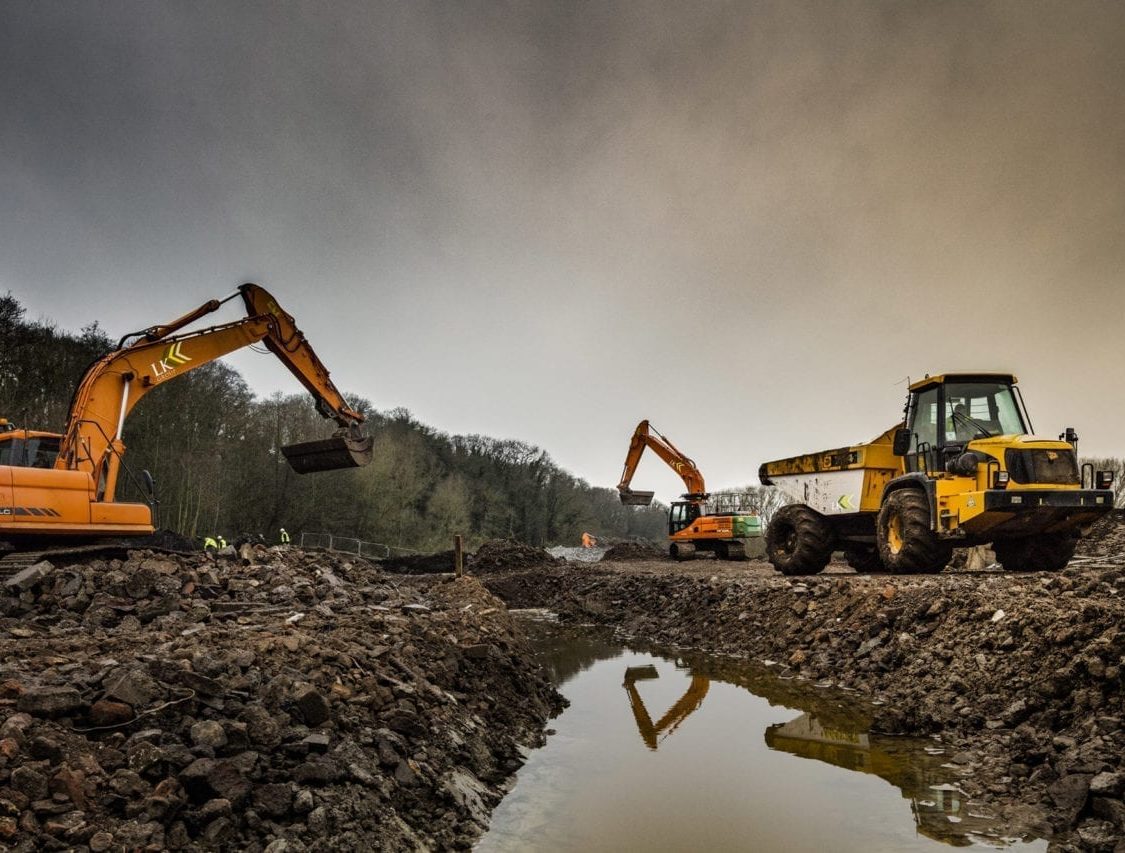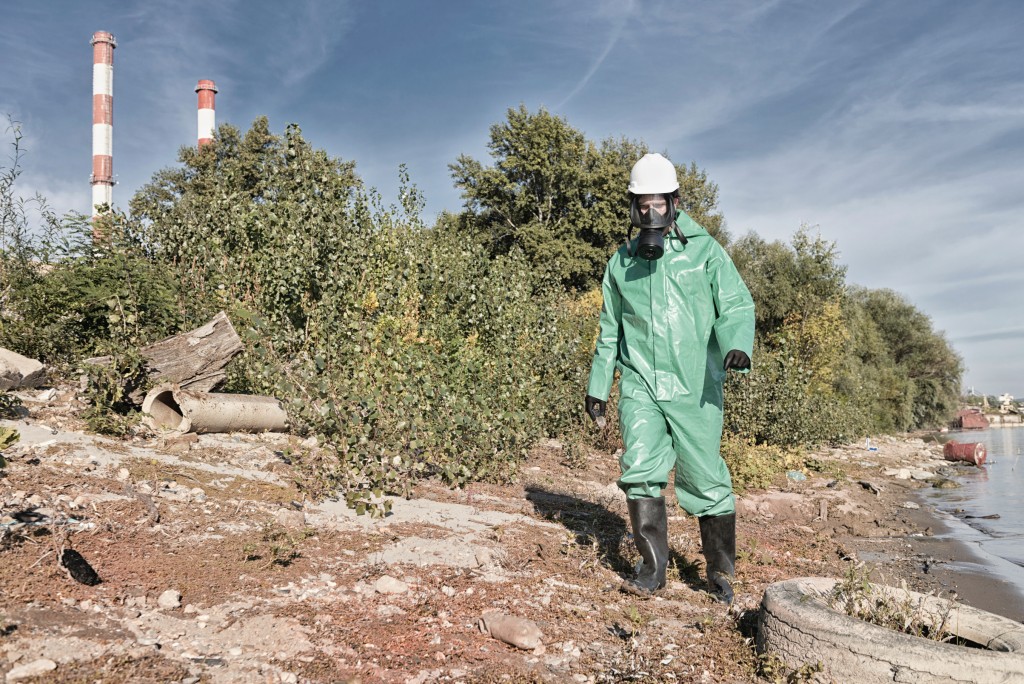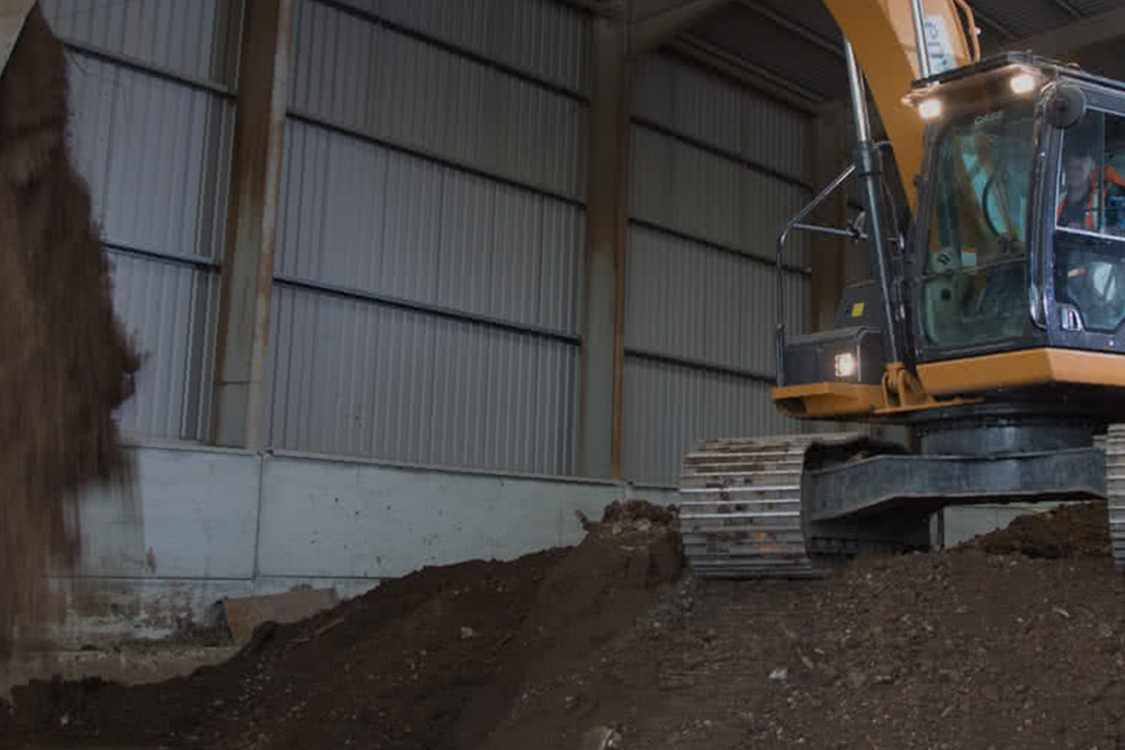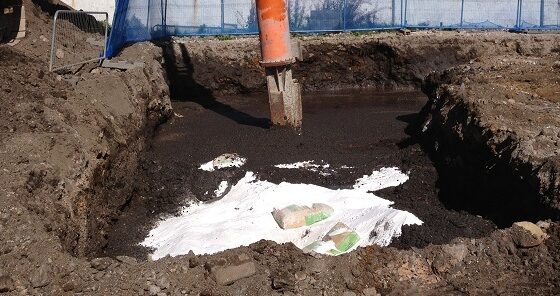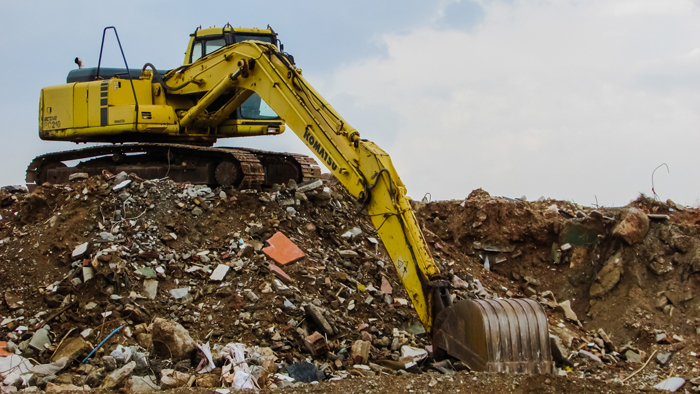Land Remediation Tax Relief
Claim up to 28.5% tax relief for remediating unusable land.

What is Land Remediation Tax Relief?
Have you remediated otherwise unusable land? You may be able to claim tax relief of up to 28.5% of your relevant costs.
If you’re a company in the UK, you may be able to get tax relief on the costs of cleaning up contaminated land. This is called land remediation tax relief and it’s a government incentive to encourage companies to invest in the remediation of contaminated land.
To qualify for the relief, the land you’re working on must have been contaminated before you acquired it. The work you’re carrying out must be necessary to make the land suitable for its current or intended use and must be done in accordance with approved plans and procedures.
To claim the relief, you’ll need to apply to HM Revenue and Customs (HMRC) and provide details of the remediation work you’ve done, as well as evidence of the contamination and the costs you incurred. HMRC will then review your application and decide whether to grant the relief. If it is granted, you’ll be able to claim a deduction from your taxable profits for the costs of the remediation work.

Why Does the Government Offer It?
The UK has developed a reputation for excellence in land clean-up, and the clean-up work may be a component of new construction or renovations to existing properties.
With more than 400,000 hectares of contaminated soil, much of it a remnant from the Industrial Revolution, the UK has made the clean-up of this area a top priority, spurred by economic motivations, top-notch legislation, and a goal to restore the entire business environment.

Does my development fulfil the requirements for land remediation?
Housebuilders, real estate developers, real estate speculators, and owner occupiers are some businesses that stand to gain from LRR.
The following conditions must be met to qualify for land Remediation Tax Relief:
- The land must be in the UK.
- The company must purchase the land (or a minimum 7-year lease of it) for its commerce or real estate rental business.
- At the time of acquisition, the entire or a portion of the land was contaminated
- There is a three-year time limit on retroactive applications for relief from land remediation.
- The price of the site wasn’t reduced directly to allow the buyer to carry out decontamination works

What expenses are eligible for Land Remediation Relief?
The following conditions must be met to qualify for land remediation relief:
- The clean-up of polluted terrain
- Removing asbestos from structures
- Exposing hidden or buried structures.
- The remediation of harmful microorganisms and naturally occurring pollutants including radon, arsenic, and Japanese knotweed
- Soil and land testing at the start and end of the process

What isn’t eligible for land remediation?
There are some exceptions to the benefit, including:
- If the claimed company was responsible for the contamination.
- Decontamination costs are reduced, for instance, through grant financing.
- Due to the contamination, the land’s purchasing cost was reduced.
- The claiming business lacks a “major interest” (freehold or a minimum lease of 7 years).
- Retrospective claims have a three-year time limit.

What is “contaminated land”?
Contaminated land refers to land that has something on, in, or under it that causes “relevant harm” or has a high likelihood of causing such harm. If the contamination is caused by industrial processes, it is not considered a natural source such as arsenic, radon, or Japanese knotweed.

What is “derelict land”?
Land or buildings that have contamination due to industrial activity that may lead to “relevant injury” are known as derelict land.
Several decontamination methods used for both land and buildings qualify for tax exemption, including removing contaminated soil and water, treating harmful organisms, getting rid of buried structures and invasive plants, and eliminating natural toxins like radon and arsenic. Relief also includes removing asbestos from structures, post-tensioned concrete, foundations of buildings and machines, underground redundant services, and reinforced concrete basements.

What are the benefits of land remediation relief?
Developers can claim a 50% enhancement instead of a 150% enhancement if they consider their expenses as revenue expenditure that is already deductible for tax purposes. Many decontamination methods on both land and buildings qualify for tax exemption.
With the current Corporation Tax rate of 19%, the 150% tax cut results in a 28.5% tax savings gain (28.5p for every £1 invested), while the 50% boost tax cut results in a tax savings gain of 9.5% (9.5p for every £1 invested).
Companies experiencing a loss can choose to surrender the opportunity to use the losses against future profits and instead gain immediate cash and tax credit from HMRC, equivalent to 24% of the total spent on qualifying decontamination activities.

Our Process
Ensuring that prerequisites are met and distinguishing between qualifying and non-qualifying expenditures can be challenging. Expert advice can be cost-effective. Bonham & Brook has specialists in land remediation relief with a wide range of expertise in multidisciplinary construction, engineering, surveying, accounting, and tax advisory skills.
We have experience in analysing spending to maximize the cost of qualifying relief and evaluating environmental and remedial reports.
Eligibility Check
We review the property and assess the nature of the land remediation works to ensure eligibility for relief.
Cost Analysis
We gather and analyse all costs incurred in relation to the land remediation works, including professional fees and site investigation costs.
Relief Calculation
We calculate the relief due by applying the appropriate relief percentage to the qualifying costs.
Tax Computation
We prepare and submit the tax computation to claim the relief, including any supporting documentation required.
Ongoing Compliance
We monitor ongoing compliance and ensure any changes in circumstances are reported to HMRC to maintain relief entitlement.

Book A Meeting

Contact Us

Contact Us
Please get in touch and a member of our team will get back to you immediately.
